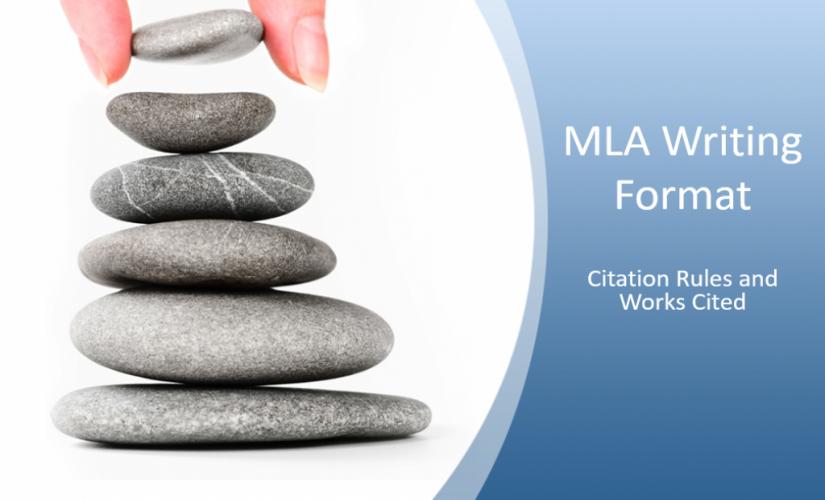The Modern Language Association of America (MLA) develop and periodically revise a set of guidelines that define academic writing practices for multiple disciplines. Basically, researchers and students have to internalize the MLA writing format. Also, they consider it as a secondary aspect of research. In this case, an in-depth discussion concerning the MLA documentation style focuses on its fundamental components, which demonstrates its significance in academic writing.
Fundamental Components of the MLA Writing Format
In-text citation in the MLA writing format manifests in a parenthetical form, a practice crucial for developing a good thesis statement example that adheres to MLA standards. For example, a parenthetical MLA in-text citation is the last item before the closing punctuation mark. Also, it mentions the name of the source’s author and a page number. In this case, the idealized in-text citation is not possible when dealing with non-print sources. Then, there is an alternative form of in-text citation. Basically, an author designs a shortened title accompanied by an explicitly numbered locator, for example, paragraph or chapter numbers. Besides, the shortened title placed in the parenthesis should be identical to the title that appears in the works cited list. In turn, in-text citations typically contain two or three elements to avoid disrupting the prose. Thus, the author-page parenthetical in-text citation format is a distinct feature of the MLA format citation.

Bibliographic Information
People place a detailed list containing the bibliographical information of the sources used in the text at the end of the paper. For instance, the MLA writing format employs a universal style for styling. Also, writers arrange individual pieces of publication information. Basically, this approach to the development of the MLA Works Cited list entries eliminates the burden of learning unique formats for different source types. Then, people need to include some optional elements in the MLA format Work Cited entries. In turn, this feature may influence the reader’s interpretation of their contribution to the text, for example, original publication date and date of access. Besides, the placement of the optional elements may vary depending on their nature. As a result, the standard format of an MLA work cited entry is:
Author, A. and Author Author. Title of the Source. Container’s title, Names of Other Contributors, Version, Number, Name of Publisher, Date of publication, Location.
Importance of the MLA Format
The MLA writing format is composed of numerous guidelines. Basically, it describes a standard form of academic writing. For instance, academic integrity is a pillar of scholarly research founded on the concept of proper documentation of sources. In this case, the MLA style is a recognized documentation technique that allows researchers to use the work of their peers responsibly. Besides avoiding plagiarism, the MLA style aids in building the credibility of a researcher’s work. Also, this writing format provides an approach for the author to direct the audience to the material consulted during a study through the works cited page. In turn, the academic audience places a premium on the clarity of an argument. Moreover, people consider the accessibility of the reference materials used in an academic paper. Thus, the MLA documentation style plays a significant role in scholarly writing.
Conclusion on MLA Writing Format
Guidelines outlined in this article on the MLA writing format cover two main components: parenthetical in-text citations and the Works Cited entries. Basically, the author-page style and the universal Works Cited entry format are at the core of the MLA style.


